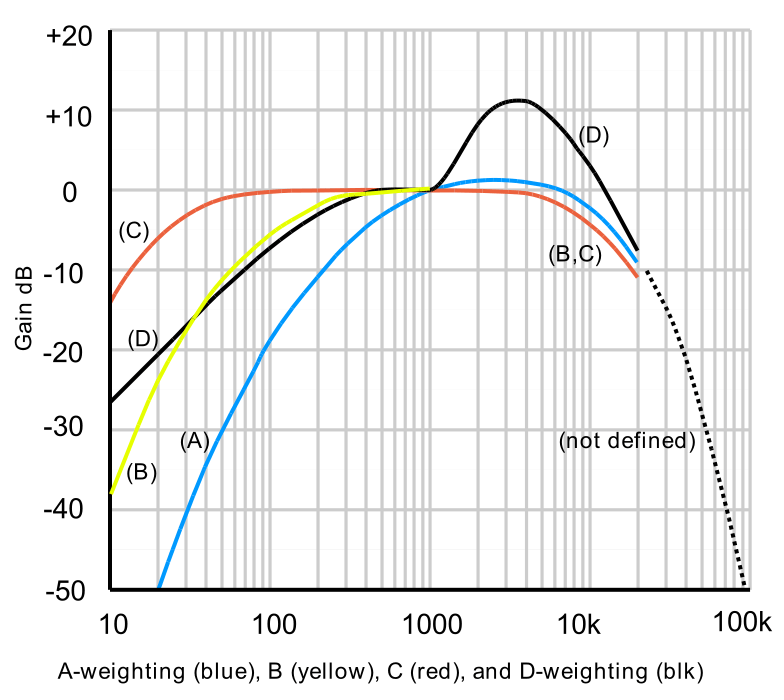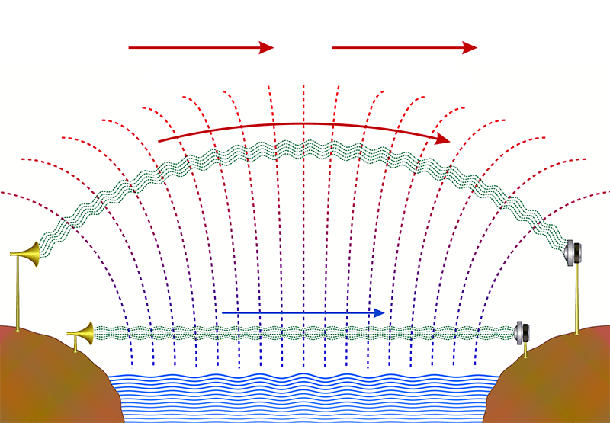What is a dB?
First of all, a dB (decibel) is a ratio between two quantities that has been reported on a logarithmic scale. Moreover, dB allows a realistic modelling of human auditory perception, since the ear reacts to relative changes in noise level. In many cases, dBs are followed by a suffix to define a reference variable. For example, dBm means that the reference variable is the milliwatt; dBV, the volt.
In acoustics, sound is a change in pressure relative to atmospheric pressure. Thus, the reference quantity is the smallest pressure change detectable by the ear (hearing threshold), 20 µPa in air, which corresponds to 0 dB SPL. However, the human ear does not perceive all frequencies in the same way. Indeed, the ear of a healthy person is more sensitive to frequencies between 2 and 5 kHz.
This is why dB(A) is used. The reference quantity remains the same; 20 µPa and the units are still dB SPL, but each value has a different gain depending on the frequency in order to better represent human auditory perception. The blue curve shows the gain for a type A weighting. There are also B, C, D and Z weights. However, the B and C weights are only valid for pure signals (signals with a single frequency).

What is a dBA?
A dBA is a weighted scale for judging loudness that corresponds to the hearing threshold of the human ear. Although dB is commonly used when referring to measuring sound, humans do not hear all frequencies equally. For this reason, sound levels in the low frequency end of the spectrum are reduced as the human ear is less sensitive at low audio frequencies than at high audio frequencies.
You will often see noise levels given in dBA (A-weighted sound levels) instead of dB. Measurements in dBA, or dB(A) as it is sometimes written, are decibel scale readings that have been adjusted in an attempt to take into account the varying sensitivity of the human ear to different frequencies of sound. The main effect of this adjustment is that low and very high frequencies are given less weight than on the standard decibel scale.
Compared with dB, A-weighted measurements underestimate the perceived loudness, annoyance factor, and stress-inducing capability of noises with low frequency components, especially at moderate and high volumes of noise.
Sources
- BRUEL and KJAER. Guide d’acoustique. (1984).
- WIKIPEDIA. A-weighting. (2019).



